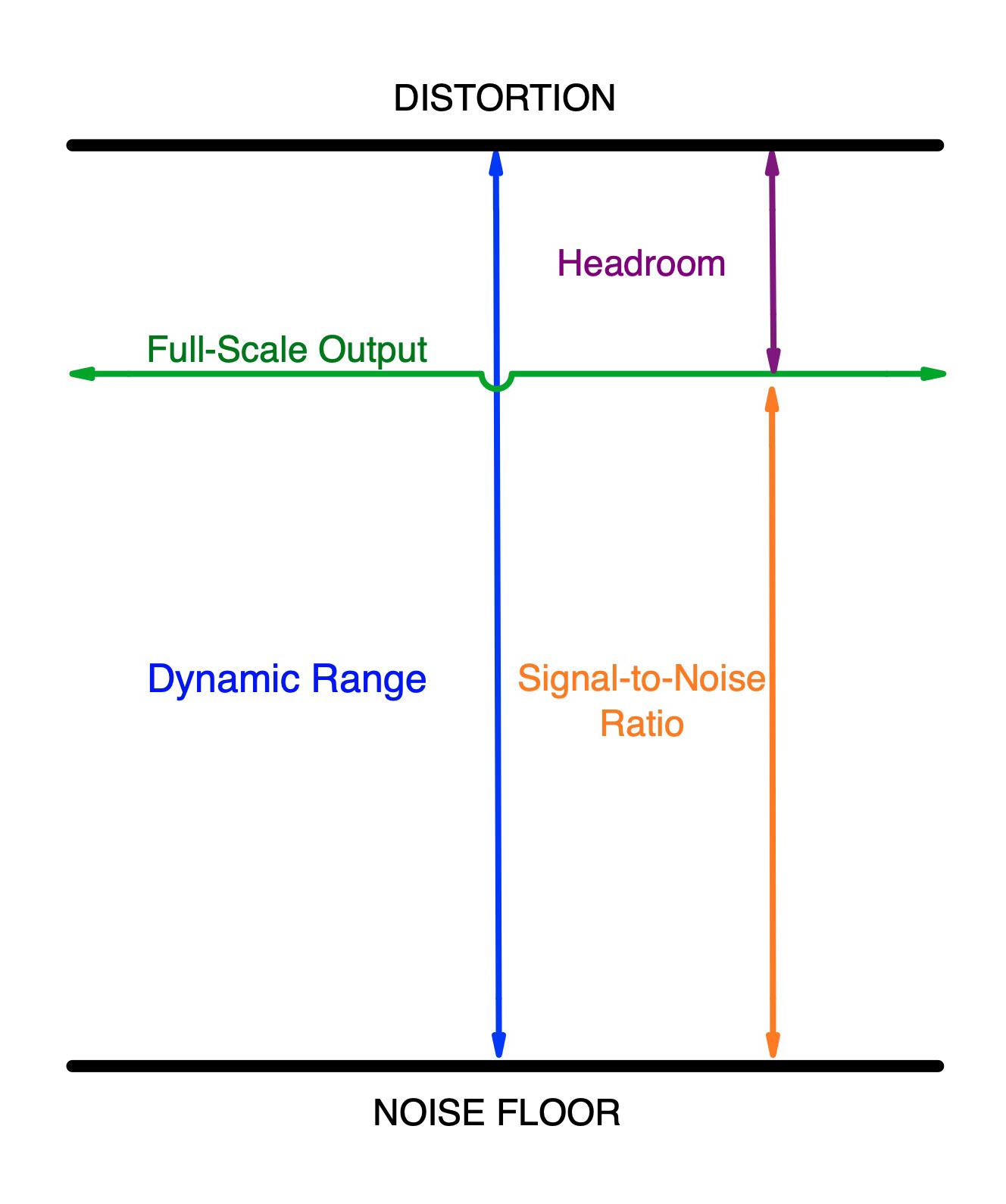Unveiling the Headroom: Crucial Element for Music Producers
| Hot Grooves

Importance of Headroom:
-
Dynamic Range Preservation: Headroom allows music producers to preserve the dynamic range of a recording. Dynamic range refers to the contrast between the quietest and loudest parts of a song. By leaving ample headroom, producers can avoid squashing the audio and retain the nuances and subtleties in the music.
-
Avoiding Clipping: Clipping occurs when an audio signal exceeds the maximum level that a system can handle, resulting in distortion. Adequate headroom prevents clipping by providing a safety net for unexpected spikes in volume. It allows the sound to breathe and ensures a cleaner and more pleasing listening experience.
-
Post-Production Flexibility: Leaving headroom during recording provides flexibility during the mixing and mastering stages. It allows producers to make adjustments, apply effects, and add additional elements without pushing the volume into the distortion zone. Having headroom facilitates a more creative and precise workflow.
Tips for Managing Headroom:
-
Set Levels Conservatively: When recording, avoid pushing levels to their maximum. Leave some headroom by maintaining a reasonable distance from the peak level. This precautionary measure prevents distortion during the recording process.
-
Use Gain Staging: Gain staging involves optimizing the volume levels at each stage of the production process, from recording to mixing and mastering. Proper gain staging ensures a healthy amount of headroom is maintained throughout, resulting in a cleaner and more professional sound.
-
Utilize Compression and Limiting: Compression and limiting techniques can be employed during the mixing and mastering phases to control the dynamic range and maximize the perceived loudness without sacrificing headroom. These tools help shape the audio and create a balanced mix.









